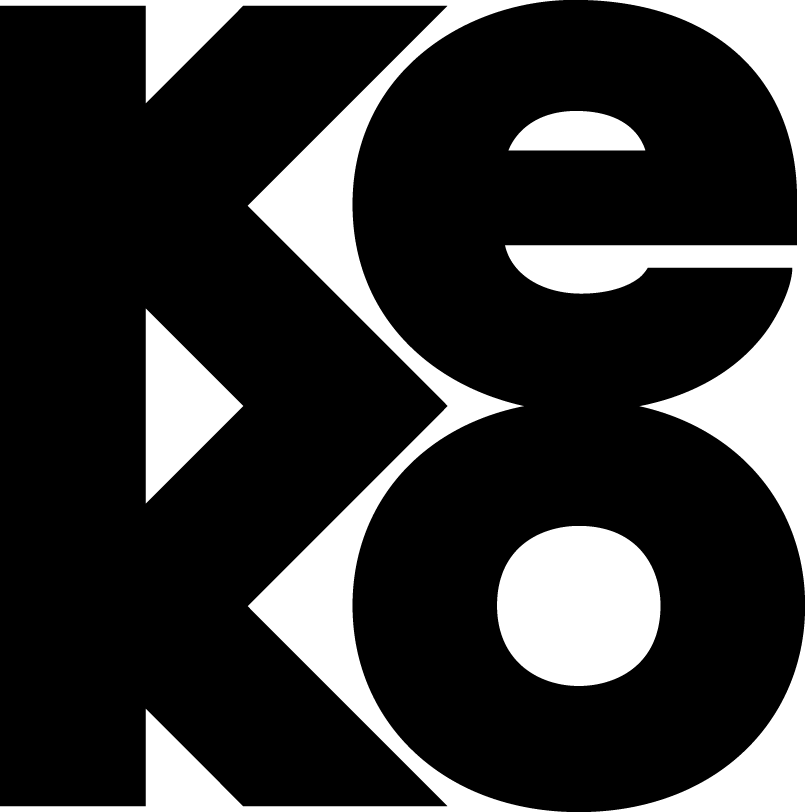By Laura Mackenzie.
Millennials are the most diverse generation to date; 44% are from ethnic minority groups and 20% identify as LGBTQ+ (Brookings, 2018; Glaad 2017). As a result, this demographic isn’t just tolerating diversity. They are actively promoting it.
Although there have undoubtedly been representative improvements in recent years, due to movements such as #MeToo and #BlackLivesMatter, the world is still run predominantly by white, middle-aged men. The premium/ affluent sector is just one of many that have struggled to make real progress, leading to a continued underrepresentation of minority and diverse identities. Things are changing, but not fast enough. If premium brands refuse to take notice of this Modern Affluent demographic, they risk becoming irrelevant – in fact, some already have.
Dolce & Gabbana ended 2018 with one of the biggest scandals to rock the industry. They chose to depict an Asian model eating pizza with chopsticks; an unbelievably culturally inappropriate decision. The fallout was massive. Celebrities called for a boycott, Chinese e-commerce sites pulled D&G products and a major fashion show in Shanghai was cancelled. The impact is still being felt three months on, with no major stars wearing the label to this year’s Oscars ceremony. Today there is no room for cultural transgressions by global brands.
Diversity is not just something that needs to be embraced by brands to avoid disaster, being culturally representative has been shown to have tangible financial benefits. Just addressing the gender gap could boost global brands’ values considerably. Brands that promote gender-balanced marketing are worth £774bn more than their rivals (Kantar, 2018). Such substantial financial benefits speak for themselves; promoting diversity is a lucrative business decision.
Additionally, in order to remain at the top of the premium segment, brands need to be actively promoting equality in all its forms: gender, racial and LGBTQ+. Modern Affluent consumers are screaming out for this change, as the success of gender and racially diverse campaigns demonstrates. Certain established brands such as Tiffany, Gucci and Lancôme have all begun to embrace this philosophy and it is no coincidence that all three are in the top 15 most popular high-end brands online (Luxe Digital, 2018).
Although certain premium brands have begun to take progressive steps, diversity is still very much a trend, rather than fully embedded into the industry’s core values. If established high-end brands do not take significant steps in the right direction, they could become irrelevant, as new competitors appear more attractive to the Modern Affluent consumer. For example, brands such as Supreme, Off-White and Glossier have made remarkable progress with this demographic, by embedding equality as a core value. This has enabled their promotion of diversity to be perceived as entirely authentic.
Established premium brands can no longer rely on their traditional brand perception and heritage to retain consumers. Labels are no longer a key signifier of prosperity and status (Gemic Whitepaper, 2018). Instead, understated, well-made and reliable products are in demand. As a result, new market entrants can gain traction more easily and with partnerships such as Rihanna and LVMH’s on the horizon, the premium market is set to get even more crowded with brands that integrally promote diversity.
However, there is still hope. One established brand that has shifted its image and is now renowned for promoting diversity is Nike. As well as ensuring diverse representation in their adverts, they have gone further to embed equality in their core values. Through offering various workshops that foster young talent, they have increased the accessibility of the creative industry. In 2018, they unlocked the creative potential of over 650 young individuals from a diverse array of backgrounds with sponsored sessions on music production, photography and interactive design. This enabled their actions to be viewed as more than just tokenistic (a frequent issue for well-established brands), but rather as a champion of equality.
It is difficult to predict exactly what the rest of 2019 and beyond will hold for high-end brands. One thing is clear though: diversity is no longer an option, it is a necessity. Established premium brands need to fully embrace this if they want to remain relevant and engage the Modern Affluent consumer. Not doing so will see them become irrelevant and unwanted. As we like to say at Keko London, an open mind is the only way to see the world.















